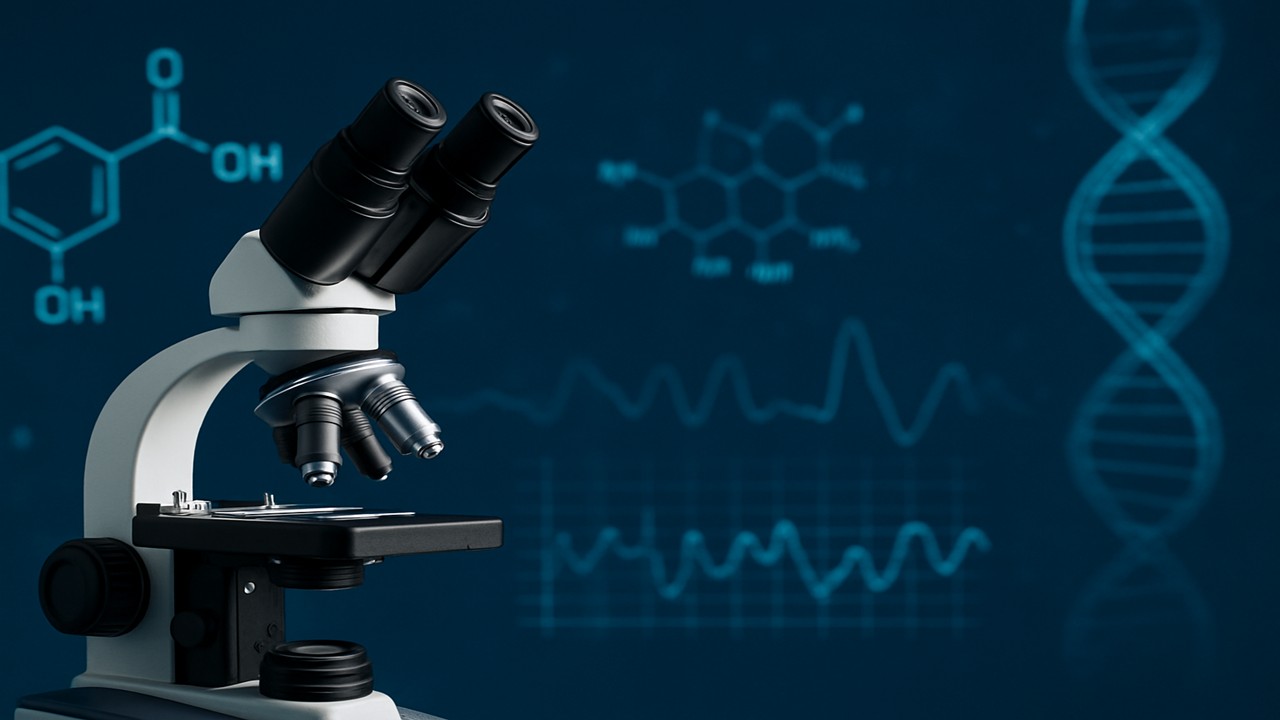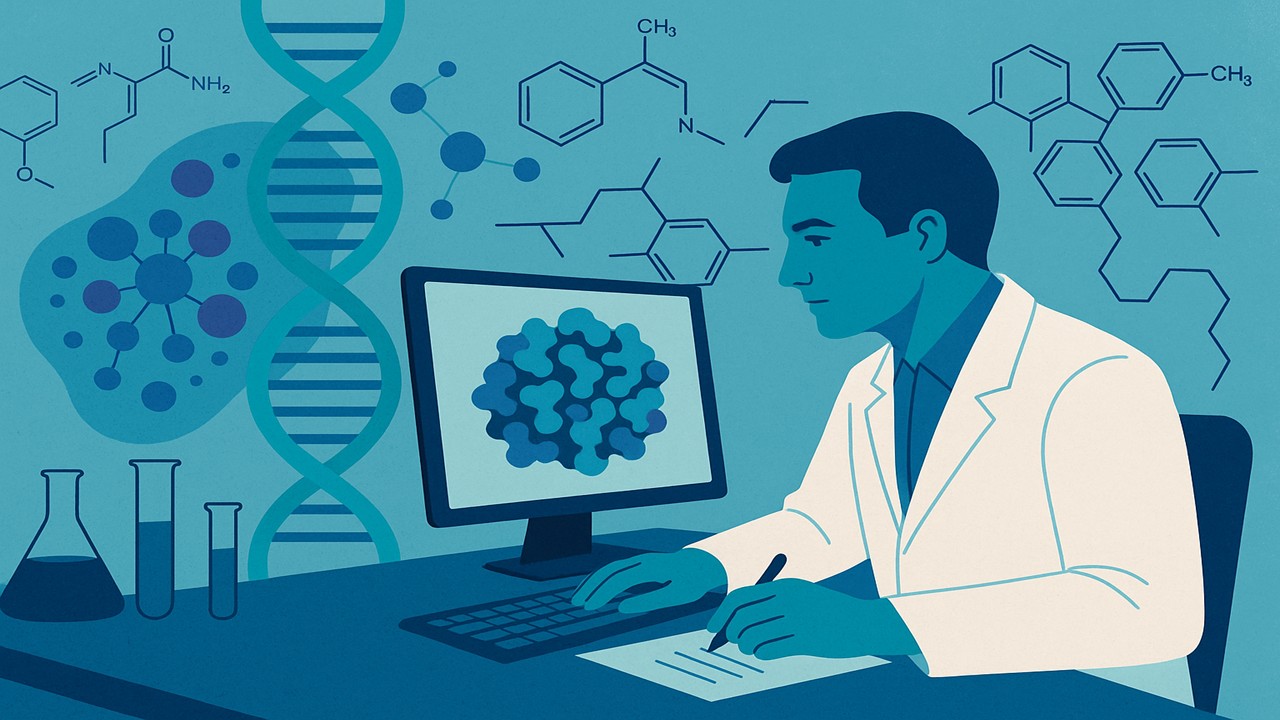Drug discovery has undergone a profound transformation, moving from traditional empirical methods to a sophisticated computational paradigm. The adoption of advanced computational techniques has significantly accelerated the identification of promising drug candidates while enhancing the methodologies used to predict and optimize their efficacy. This article delves into the revolution brought about by computational approaches in drug discovery, providing a comprehensive exploration of the methods employed, their applications, and the challenges they face.
Tradition Turned Innovation: A So-Needed Status Quo Shift
Drug discovery has historically relied on empirical methods, often involving laborious trial-and-error processes to identify compounds with potential therapeutic effects. Traditional approaches focused on testing large libraries of compounds in biological assays to determine their efficacy and safety. However, this method proved to be time-consuming and resource-intensive.
With the advent of computational approaches, the drug discovery process has undergone a significant overhaul. Modern techniques leverage computational power to predict and optimize the properties of drug candidates before they enter the laboratory. This shift has markedly improved the efficiency and accuracy of lead discovery, enabling researchers to identify promising compounds with greater precision.
Quantitative Structure-Activity Relationship (QSAR) Modeling: Predictive Power in Drug Discovery
Quantitative Structure-Activity Relationship (QSAR) modeling has become a cornerstone in modern drug discovery, providing a quantitative framework to correlate chemical structures with biological activity. By analyzing how structural variations influence molecular behavior, QSAR models offer valuable insights into the pharmacokinetic and toxicological properties of potential drug candidates.
QSAR models predict essential parameters such as oral bioavailability, plasma protein binding, and potential toxicities, including hepatotoxicity and cardiotoxicity. These predictions guide researchers in optimizing drug pharmacokinetics, ensuring that candidates exhibit favorable absorption, distribution, metabolism, and excretion (ADME) properties. The validation of QSAR models involves rigorous testing against diverse data sets to confirm their predictive accuracy and generalizability to novel compounds and biological contexts.
The application of QSAR modeling extends to predicting toxicological effects, thereby assisting in the prioritization and optimization of lead compounds. By providing a comprehensive understanding of a drug’s behavior within the body, QSAR models help in developing safer and more effective therapeutic interventions.
Molecular Docking and Simulation: Unraveling Molecular Interactions
Molecular docking and simulation have revolutionized our understanding of how drugs interact with their targets. Molecular docking allows researchers to visualize and predict how small molecules, such as potential drugs, bind to specific receptors or enzymes. This technique helps identify key interactions between molecules and their targets, guiding the design of compounds with enhanced activity and selectivity.
Advanced docking algorithms, such as AutoDock Vina, GOLD, and Glide, employ sophisticated search algorithms and scoring functions to predict binding affinities. These scoring functions include force field-based, empirical, and knowledge-based methods, each offering unique advantages in evaluating ligand-receptor interactions.
Force field-based scoring functions consider physical forces and interactions between atoms, while empirical scoring functions utilize data from known ligand-receptor complexes to predict binding affinities. Knowledge-based scoring functions leverage established protein-protein interaction data to inform predictions. The integration of these methods enhances the accuracy of binding affinity predictions, providing valuable insights into molecular recognition events in drug discovery.
Virtual Screening and Molecular Dynamics Simulations: Exploring Chemical Space
Virtual screening (VS) is a computational technique used to identify promising drug candidates from extensive chemical libraries. By predicting a ligand’s ability to bind to a specific target protein, virtual screening narrows down the list of potential compounds for further experimental testing. This approach allows researchers to evaluate the binding potential of various molecules before physical testing, streamlining the drug discovery process.
Molecular dynamics (MD) simulations complement virtual screening by providing a dynamic view of molecular interactions over time. By applying Newton’s laws of motion to atoms and molecules, MD simulations reveal structural dynamics, conformational changes, and interaction energies within a simulated physiological environment. This technique captures the nuances of ligand binding, stability, and structural alterations, offering a comprehensive understanding of the binding processes.
The process of MD simulations involves selecting a biological target, preparing the ligand-protein complex, and conducting simulations to track atomic trajectories. Key metrics, such as Root Mean Square Fluctuation (RMSF) and Root Mean Square Deviation (RMSD), are analyzed to interpret the dynamic behavior of the ligand-protein complex. Integrating MD simulations with experimental data enhances the accuracy of predictions and improves the understanding of lead compounds.
Cheminformatics, Machine Learning, and AI in Drug Discovery: The Future Unveiled
Cheminformatics and molecular descriptors play a crucial role in understanding and predicting the activity of chemical compounds. By analyzing molecular descriptors related to polarity, volume, and hydrogen bonding, researchers can predict and optimize compound solubility. Tools such as RDKit and DataWarrior facilitate the manipulation and evaluation of chemical data, supporting lead detection and optimization.
Machine learning (ML) and data mining have further advanced drug discovery by analyzing large datasets to uncover complex patterns and relationships. ML algorithms transform molecular structures into numerical representations, allowing for the identification of informative descriptors and optimization of models. The iterative process of training, validation, and refinement enhances prediction accuracy and guides the integration of ML insights with experimental data.
Artificial Intelligence (AI) has introduced new possibilities in drug discovery, particularly through generative models like Generative Adversarial Networks (GANs) and Variational Autoencoders (VAEs). These models design new molecules with desired properties from scratch, optimizing for potency, selectivity, and pharmacokinetic profiles. Pharmacophore modeling, which identifies essential features for biological activity, complements AI approaches by guiding the rational design of hybrid molecules with enhanced efficacy.
Challenges and Future Directions in Computational Drug Discovery
Despite their transformative impact, computational approaches in drug discovery are not without limitations. QSAR modeling can struggle with data quality and oversimplification of biological interactions. Molecular docking and simulations demand high computational resources and accuracy in input structures, while molecular dynamics simulations are sensitive to initial conditions and computationally expensive.
Cheminformatics relies on the quality of data and may face challenges with subtle structural variations. Machine learning models risk overfitting and may lack interpretability, while pharmacophore modeling can oversimplify ligand-receptor interactions. Integrating diverse data sources poses challenges due to heterogeneity, and over-reliance on computational predictions without experimental validation can lead to false positives.
As computational methods continue to evolve, ongoing research aims to address these challenges and enhance the accuracy and reliability of predictions. The integration of experimental data with computational insights remains crucial for refining drug discovery processes and improving therapeutic outcomes.
In conclusion, the shift from traditional to modern lead discovery has transformed drug development, offering powerful tools and methodologies to accelerate the identification and optimization of drug candidates. By leveraging computational approaches, researchers are pushing the boundaries of drug discovery, paving the way for more effective and targeted therapies.
Engr. Dex Marco Tiu Guibelondo, B.Sc. Pharm, R.Ph., B.Sc. CpE
Editor-in-Chief, PharmaFEATURES

Subscribe
to get our
LATEST NEWS
Related Posts

Medicinal Chemistry & Pharmacology
Invisible Couriers: How Lab-on-Chip Technologies Are Rewriting the Future of Disease Diagnosis
The shift from benchtop Western blots to on-chip, real-time protein detection represents more than just technical progress—it is a shift in epistemology.

Medicinal Chemistry & Pharmacology
Designing Better Sugar Stoppers: Engineering Selective α-Glucosidase Inhibitors via Fragment-Based Dynamic Chemistry
One of the most pressing challenges in anti-diabetic therapy is reducing the unpleasant and often debilitating gastrointestinal side effects that accompany α-amylase inhibition.

Medicinal Chemistry & Pharmacology
Into the Genomic Unknown: The Hunt for Drug Targets in the Human Proteome’s Blind Spots
The proteomic darkness is not empty. It is rich with uncharacterized function, latent therapeutic potential, and untapped biological narratives.

Medicinal Chemistry & Pharmacology
Aerogel Pharmaceutics Reimagined: How Chitosan-Based Aerogels and Hybrid Computational Models Are Reshaping Nasal Drug Delivery Systems
Simulating with precision and formulating with insight, the future of pharmacology becomes not just predictive but programmable, one cell at a time.











